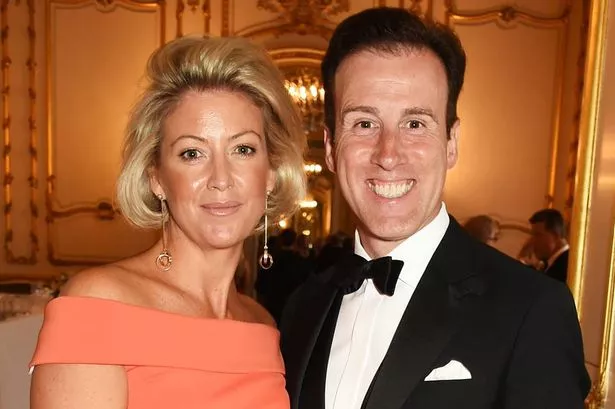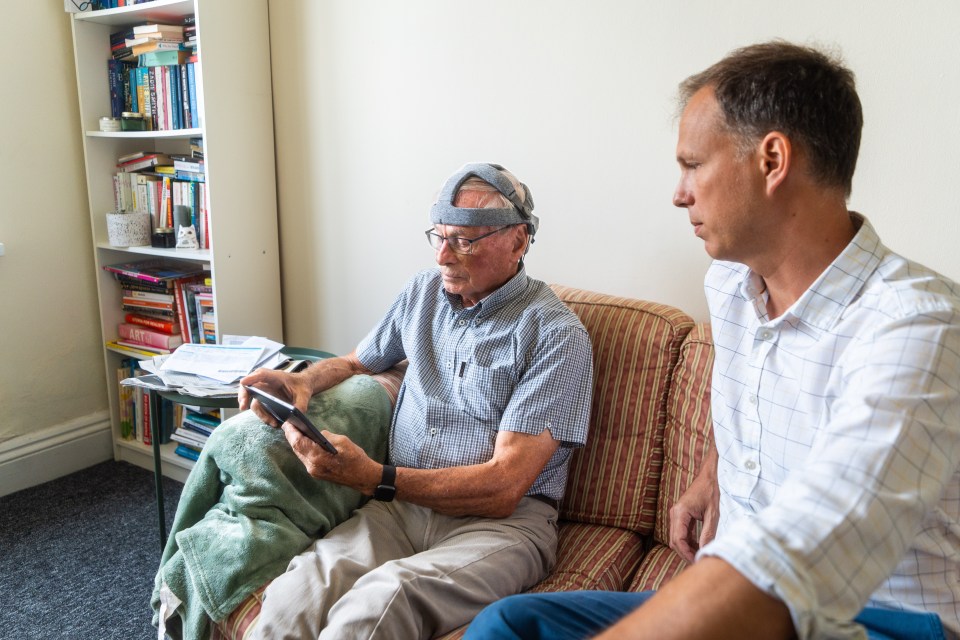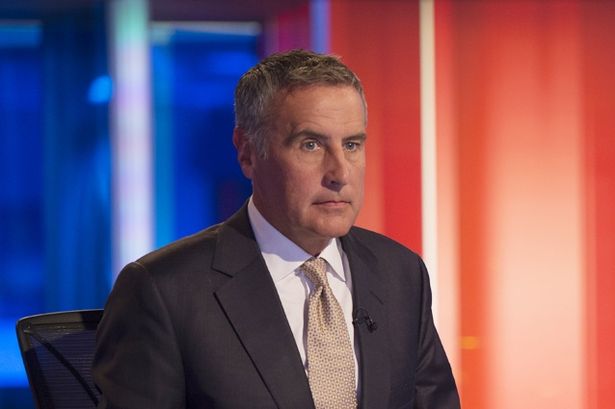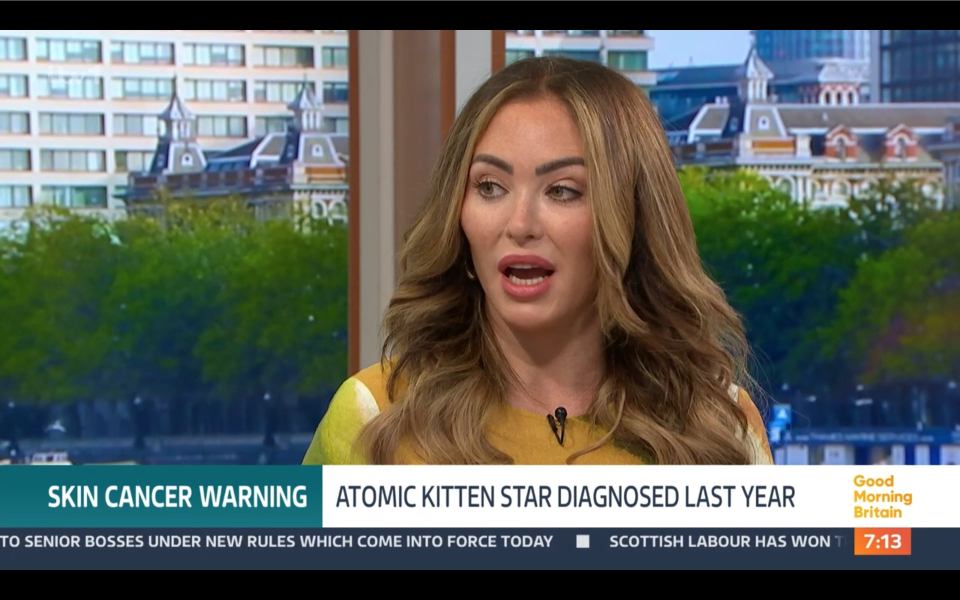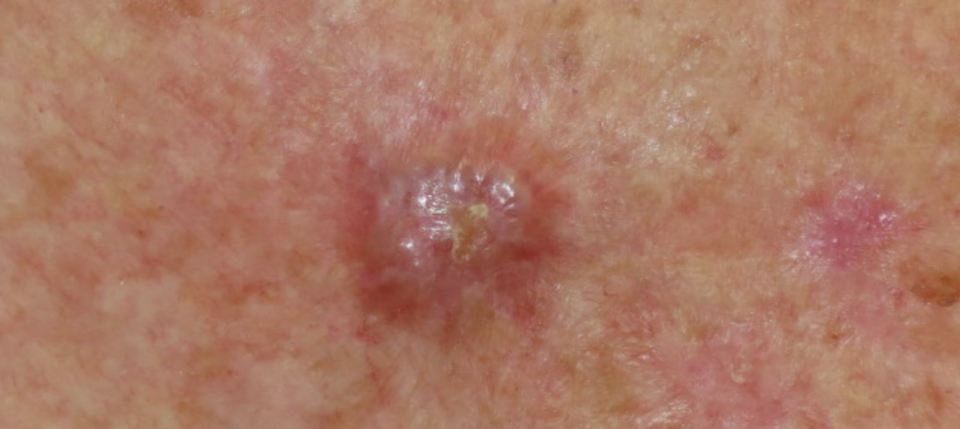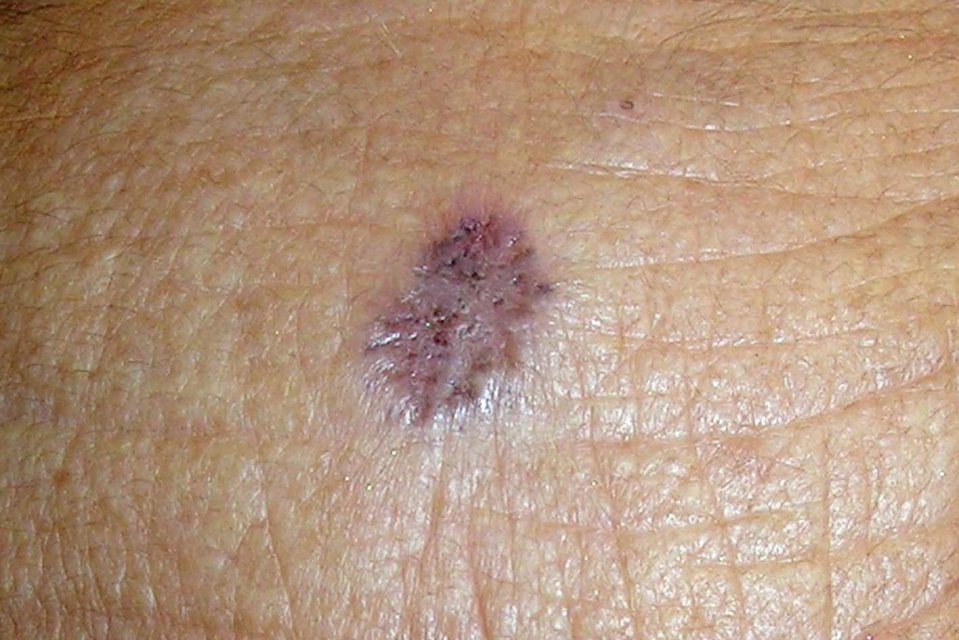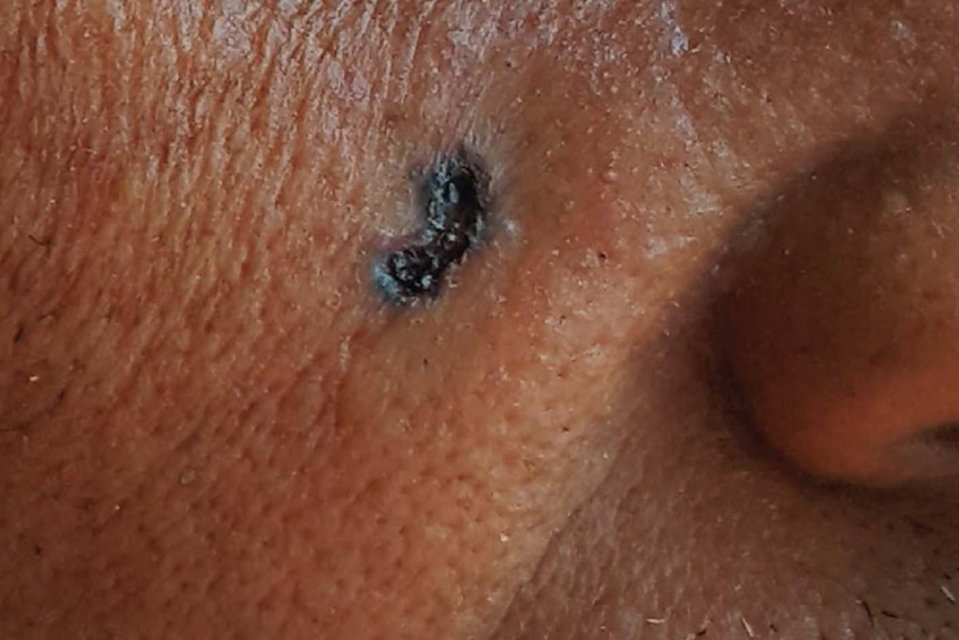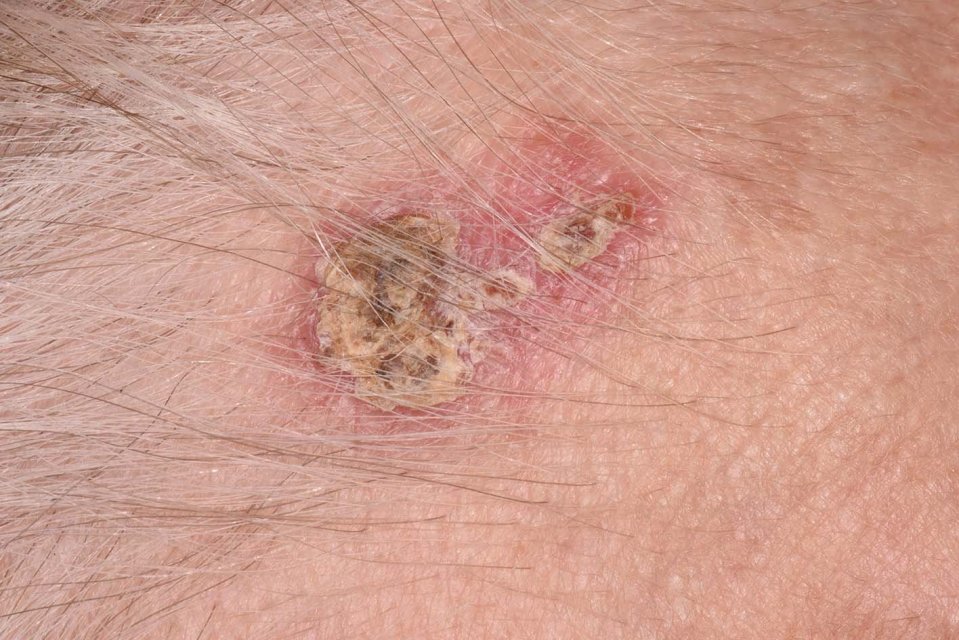President Biden’s weekend announcement that he has an “aggressive” form of prostate cancer that has metastasized to his bone sparked the usual sympathy from supporters — and sharp suspicions among detractors.
The announcement comes amid fresh reporting on Biden and his inner circle hiding the degree to which his mental acuity was slipping during his presidency and campaign for reelection last year, and the advanced stage of his cancer drew immediate accusations from the right that the former president was also hiding problems with his physical health.
President Trump said he was surprised the cancer “wasn’t notified a long time ago,” suggested the public wasn’t being properly informed and said that “people should try and find out what happened.”
The Times spoke to six doctors who are experts in prostate cancer. They said the information Biden’s office has shared about his condition is indeed limited, but also that many of the assumptions being made publicly about the progression of such cancers, the tests that can screen for them and the medical guidelines for care among men of Biden’s advanced age — 82 — were simply off base.
The cancer
In its statement Sunday, Biden’s office said the former president was seen last week “for a new finding of a prostate nodule after experiencing increasing urinary symptoms,” and on Friday was “diagnosed with prostate cancer, characterized by a Gleason score of 9 (Grade Group 5) with metastasis to the bone.”
Dr. Mark Litwin, chair of UCLA Urology, said that description indicated Biden has a more advanced and aggressive form of prostate cancer than is diagnosed in most men, but that it was nonetheless “a very common scenario” — with about 10% of such cancers in men being metastatic at diagnosis.
Dr. Howard Sandler, chair of the Department of Radiation Oncology at Cedars-Sinai, agreed.
“It’s a little unusual for him to show up with prostate cancer that’s metastatic to bone at first diagnosis, but not extraordinary,” he said. “It happens every day to elderly men.”
That’s in part because of the nature of such cancer, the modern screening guidelines for older men, and the advanced treatment options for such cancer when it is found, the doctors said.
Prostate cancer in small, slow-growing amounts is prevalent among men of Biden’s age, whether it’s causing them problems or not. Most prostate cancers can be slowed even more dramatically — for years after diagnosis — with medical intervention to block testosterone, which feeds such tumors.
For those reasons, many doctors recommend men stop getting tested for prostate-cancer-related antigens, through what’s known as a PSA test, around age 70 or 75, depending on the individual’s overall health.
That advice is based in part on the idea that finding a slow-moving prostate cancer and deciding to act on it surgically or otherwise — which many alarmed patients are inclined to do when they get such news — can often lead to worse outcomes than the cancer would have caused if simply left alone. That includes impotence, incontinence and life-threatening infections.
Also, if an older patient does start experiencing symptoms and is found to have a more advanced prostate cancer, modern treatments are capable of stalling the cancer’s growth for years, the doctors said — often beyond the point when those patients are statistically likely to die from something else.
Even when older patients are tested and show somewhat elevated PSA levels, it is not always of immediate concern, and they are often told to just keep an eye on it, Litwin said. Simply put, doctors “typically don’t get too exercised about a diagnosis of prostate cancer in an 82-year-old,” he said.
Dr. Sunil Patel, a urologic oncologist and an assistant professor of urology and oncology within the Brady Urological Institute at the Johns Hopkins University School of Medicine, said that’s because the average life expectancy for an American man is under 85.
“And so most men at that time, at 75, they’re like, ‘OK, well, if it’s not going to kill me in the next 10 years, I’m going to leave it alone,’” Patel said. “That’s a really shared decision between the patient and the physician.”
When advanced, aggressive prostate cancers are found, as with Biden, the prognosis — and treatment plan — is of course different, the doctors said. “He is for sure going to need treatment,” Litwin said. “This is not the type that we can just observe over time like we often do.”
But that doesn’t mean Biden’s doctors dropped the ball earlier, he and others said.
The diagnosis
Biden’s office has not said whether he was receiving PSA screenings. A letter from Biden’s White House physician in February of last year made no mention of PSA testing, despite other recent presidents’ medical assessments including that information. Biden’s aides did not respond to requests for comment.
The doctors The Times spoke to had no special insight into Biden’s medical care, but said his diagnosis did not make them feel any less confident about the caliber of that care or suggest to them any nefarious intent to hide his condition.
For starters, “it would be considered well within the standard of care” for Biden to have forgone testing in recent years, given his age, Sandler said. “Certainly after 80.”
Litwin said he believes Biden probably was still tested, given his position, but that doesn’t mean he was necessarily hiding anything either. Some forms of aggressive prostate cancer don’t secrete antigens into the blood at levels that would be flagged in a PSA test, while others can grow and even metastasize rapidly — within a matter of months, and between routine annual screenings, he said.
Patel said he has personally found “very aggressive disease” in patients who had relatively normal PSA levels. “I don’t think anyone can blame anyone in terms of was this caught too late or anything like that,” he said. “This happens not too infrequently.”
Dr. Alicia Morgans, associate professor of medicine at Harvard Medical School, a genitourinary medical oncologist and the director of the Survivorship Program at the Dana-Farber Cancer Institute, agreed. Even if a patient is diligent about getting screened annually, “there will be some cancers that arise between screening tests,” she said.
Morgans said things gets even more complicated as men get older, when their PSA number may increase and start getting monitored before it is considered a clear indicator of cancer.
“Maybe it’s up a while. It was not cancer before, it hasn’t really changed that much. Now it has become cancer. It’s not the fault of anyone,” she said. “You can do everything right and things like this can happen.”
The treatment
Biden’s office said his cancer appeared “to be hormone-sensitive, which allows for effective management.”
The doctors The Times spoke to were relatively bullish about Biden’s short-term — and even medium-term — prognosis. “It’s not curable, but it’s highly treatable,” Morgans said.
“Without meaning to sound glib, there’s never been a better time to have metastatic prostate cancer in the history of medicine,” Litwin said — in part thanks to Biden’s own cancer “moonshot” initiative and the funding it sent to institutions such as UCLA, which has helped develop new drugs.
“There are numerous, very effective treatments for a patient in his situation,” Litwin said.
The standard and most likely course of care for Biden will be ADT, or androgen deprivation therapy, which involves a pill or shot that will shut down testosterone production, the doctors said.
“Now, an 82-year-old doesn’t have the same testosterone production as a 22-year-old anyway, so there’s not that far to go. But we shut it off,” Litwin said. “And by shutting it off, it cuts out the principal hormone that feeds the prostate cancer. That alone can be very, very effective.”
Dr. Geoffrey Sonn, urologic oncologist and associate professor of urology at Stanford Cancer Center, said Biden’s cancer is serious, but the ADT treatment “will make prostate cancer cells shrink down, stop growing, at least temporarily, in the vast majority of guys.”
“That is, it’s not a permanent fix, in that those cells will eventually figure out a way to grow even with low levels of testosterone,” Sonn said. “But that can take several years, and sometimes longer.”
Recent studies have shown that adding additional medications to an ADT regime can extend life even further, Sonn said, to “four, five, seven, 10” years or more after a metastatic prostate cancer diagnosis.
Dr. Mihir Desai, a urologist with Keck Medicine of USC, said with modern advancements, prostate cancer is just different than other cancers.
“If you find, say, colon cancer or pancreatic cancer or liver cancer are metastasized, then the deterioration is fairly fast and the outcomes are very poor,” he said. But with previously untreated metastatic prostate cancer, “there are many lines of treatment that can, if not cure it, certainly keep it under control for many years, with good quality of life.”
Sandler, who focuses on radiation oncology, said ADT treatment can cause loss of bone density or muscle mass, so Biden will likely be encouraged to stick to a fitness regimen or take medications to counter those effects.
He may also receive radiation to more heavily target specific pockets of cancer, including where it has metastasized to the bone, but that would depend on the number of metastatic sites, Sandler said — with radiation more likely the fewer sites there are.
“If there’s cancer all over the place, then there’s probably no benefit,” he said.
